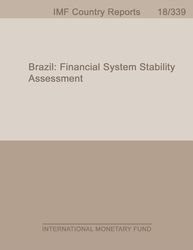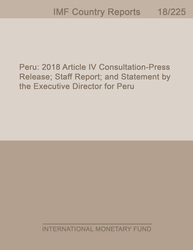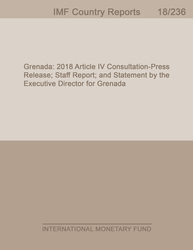
Brazil
Financial System Stability Assessment
Since the Brazil 2012 FSAP, the financial system has been stable despite the deep recession. The resiliency of the banking system was supported by high profitability, buoyed by large interest margins. While the financial system has grown since the 2012 FSAP, its structure remains largely unchanged. The system is dominated by large, vertically-integrated financial conglomerates and concentrated in liquid short-term instruments. The public sector continues to play a dominant role in the financial sector, and its interconnectedness. Banks are broadly resilient to severe macrofinancial shocks. Current high profits and capital ratios support the resiliency of banks under a severe stress test scenario. Under the stress scenario, small capital shortfalls result; banks would nevertheless experience reduced income, including from market loss on government bonds, and high credit losses on exposures to the corporate sector which, despite recent improvement, is still vulnerable to shocks. This benign outcome deteriorates if their capital is adjusted for deferred tax assets. Moreover, some banks are exposed to concentration risk. Some actions are still needed to address bank-specific risk profiles to boost their resilience. Banks are generally well-positioned to manage short-term and medium-term liquidity pressures and interbank contagion seems limited.
Publication date: November 2018
ISBN: 9781484387474
$18.00
Add to Cart by clicking price of the language and format you'd like to purchase
Available Languages and Formats
| English |
Prices in red indicate formats that are not yet available but are forthcoming.
Topics covered in this book
This title contains information about the following subjects.
Click on a subject if you would like to see other titles with the same subjects.
Also of interest
Summary
Copyright © 2010 - 2025
Powered by:
AIDC



